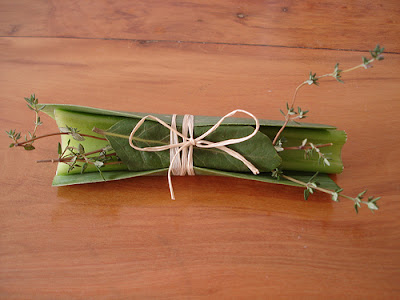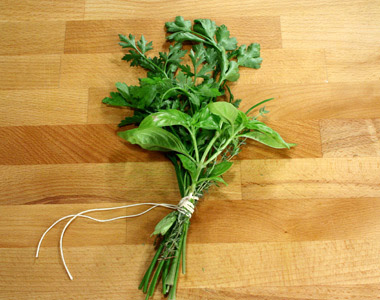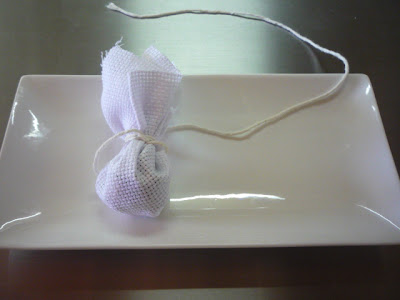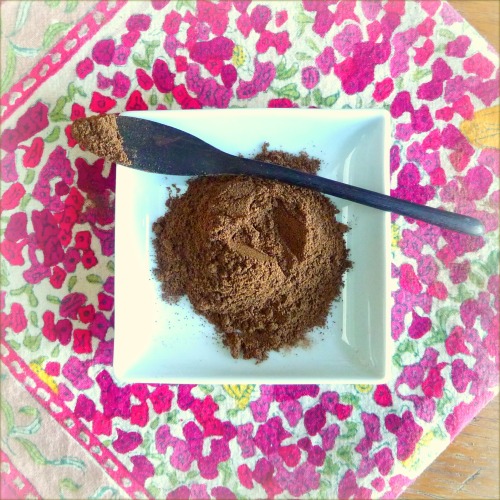sister herb
Official TTI Chef
Berbere Spice Blend
For foods of Ethiopia, Eritrea, Somalia and the East Africa in general.
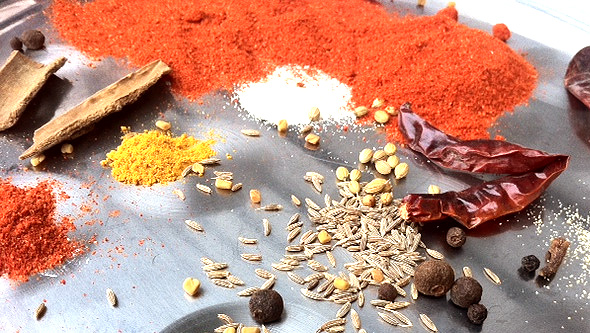
Ingredients:
1 teaspoon black peppercorns
1 teaspoon cumin seeds
1/2 teaspoon cardamom seeds
1/2 teaspoon coriander
1 table spoon salt
1/2 teaspoon fenugreek seeds
3 whole cloves
1/2 cup cayenne pepper
1/2 cup paprika
1/2 teaspoon turmeric powder
1 teaspoon ginger powder
1/4 teaspoon ground cinnamon powder
1 teaspoon garlic powder
1 teaspoon onion powder
Directions:
In a skillet over medium heat, toast the cumin, cardamom, whole cloves, peppercorns, fenugreek for 2 minutes.
Remove from heat and let it cool.
Finely grind the the toasted spices in a spice grinder or a mortar and pestle.
Mix in the remaining ingredients until combined.
Store in a airtight jar.
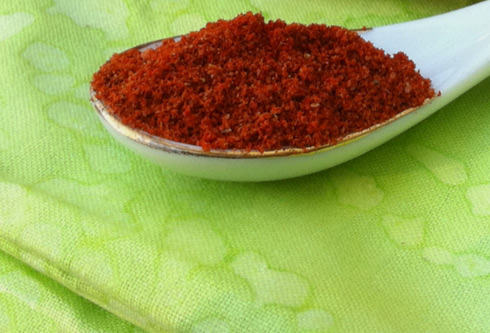
Berbere as a hot sauce: add few table spoons of Berbere mixture, add oil/lemon juice/water to form a paste. Serve with your meal.
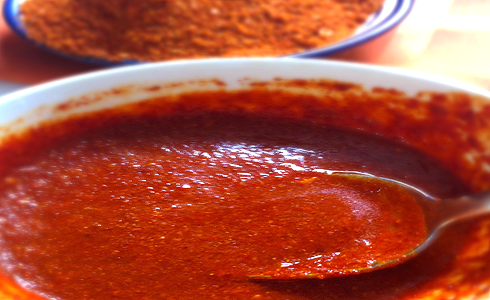
For foods of Ethiopia, Eritrea, Somalia and the East Africa in general.

Ingredients:
1 teaspoon black peppercorns
1 teaspoon cumin seeds
1/2 teaspoon cardamom seeds
1/2 teaspoon coriander
1 table spoon salt
1/2 teaspoon fenugreek seeds
3 whole cloves
1/2 cup cayenne pepper
1/2 cup paprika
1/2 teaspoon turmeric powder
1 teaspoon ginger powder
1/4 teaspoon ground cinnamon powder
1 teaspoon garlic powder
1 teaspoon onion powder
Directions:
In a skillet over medium heat, toast the cumin, cardamom, whole cloves, peppercorns, fenugreek for 2 minutes.
Remove from heat and let it cool.
Finely grind the the toasted spices in a spice grinder or a mortar and pestle.
Mix in the remaining ingredients until combined.
Store in a airtight jar.

Berbere as a hot sauce: add few table spoons of Berbere mixture, add oil/lemon juice/water to form a paste. Serve with your meal.


